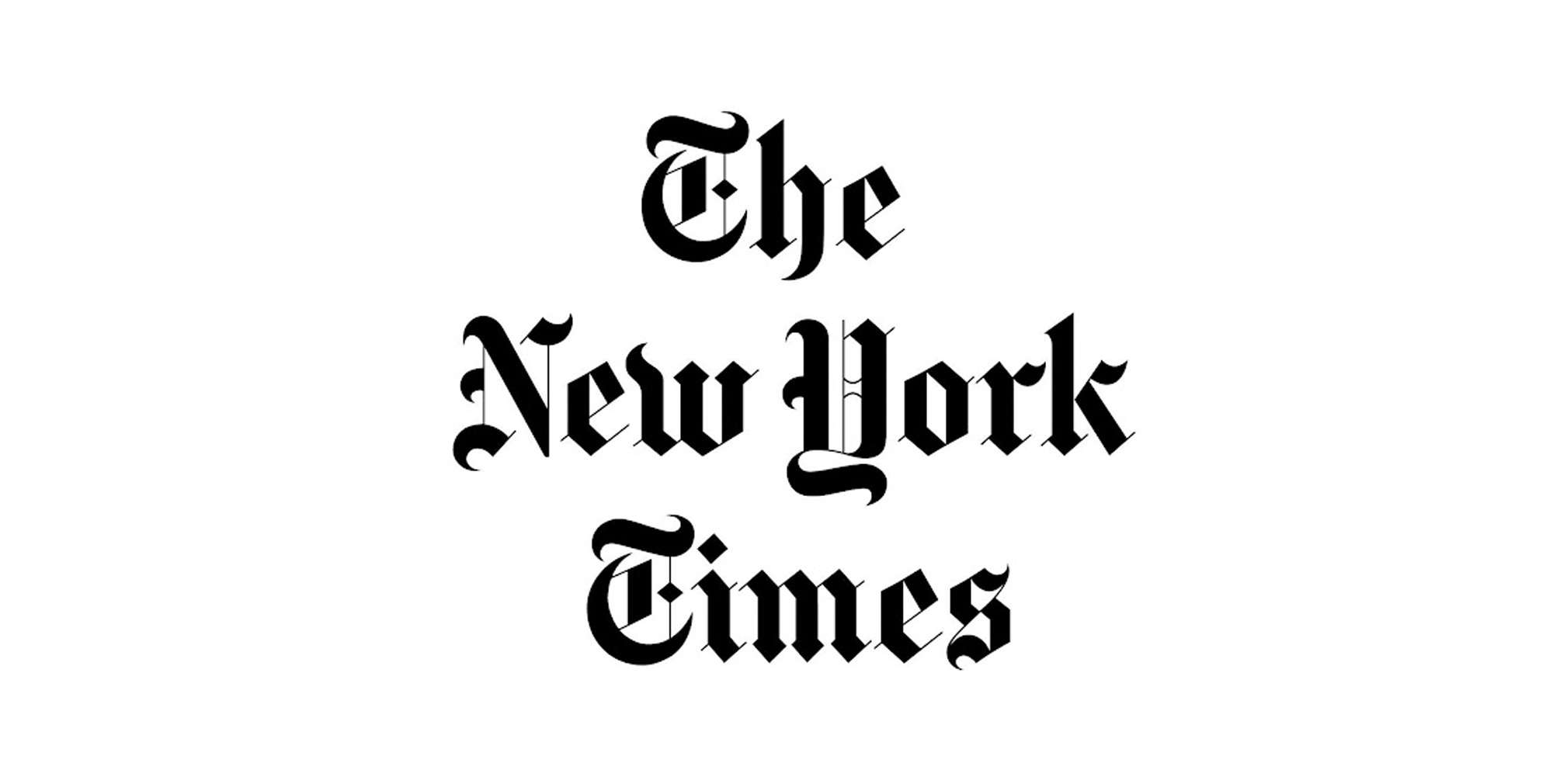In theory, American federalism allows a thousand flowers to bloom, as cities and states serve as laboratories of democracy. Transparent governance — “Sunlight is said to be the best of disinfectants” — empowers the electorate to see what its representatives are up to. The internet gives both voice and access to virtually everyone regardless of their status. The surge in small dollar campaign contributions democratizes the financing of elections, lessening the power of the rich.
The question, as contemporary developments suggest, is whether these reforms also exacerbate polarization and lead to the escalation of partisan hostility based on moral conviction.
Along similar lines, David Karpf, a professor of professor of media and public affairs at George Washington University, argued in an email that “the overarching trend is that social media is not a primary cause of polarization, but it has been an accelerant.”
Karpf observed that
"the biggest broad theme has been toward the nationalization of our politics. Social media, along with the earlier blogosphere, accelerated that trend. It has created a key disjuncture, because our electoral system is designed for local representation — the two senators from any given state are expected to represent their state first, and their party second."


